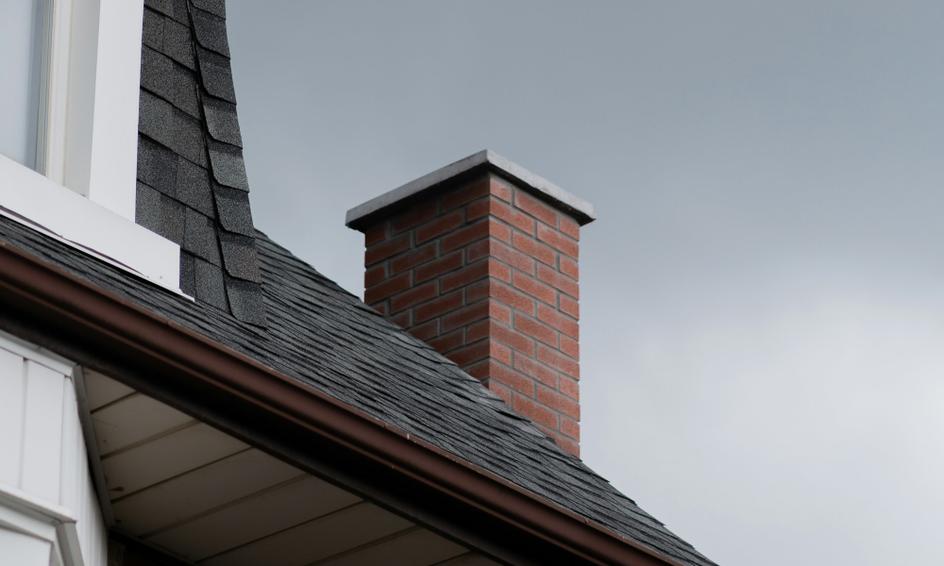Chimneys are quintessentially British, especially in older homes where fireplaces were once the main source of heat. Today, however, many chimneys go unused as central heating has taken over. If you have an unused chimney in your home, it’s worth considering what to do with it. Leaving it untouched can lead to hidden problems, while making the right changes can improve energy efficiency, safety and even add value to your home.
Why leaving an unused chimney can be a problem
An unused chimney may seem harmless, but it can create issues if not properly maintained. One of the most common problems is draughts. If the chimney is not sealed, cold air can enter your home, making your heating less efficient. Conversely, warm air from inside can escape through the chimney, leading to higher energy bills.
Moisture is another concern. Rainwater can enter through an open or damaged chimney pot, potentially leading to damp patches, mould and structural damage. In some cases, debris such as leaves or nesting birds can block the flue, creating further moisture issues and even unpleasant smells.
Unused chimneys can also be a source of heat loss and sound transmission between neighbouring properties, especially in terraced or semi-detached homes. There are a few different routes you can take depending on your home, budget and long-term plans.
Cap: Installing a chimney cap or cowl on top of the flue helps prevent rain, birds and debris from entering. This is a fairly simple and inexpensive fix that helps protect your chimney from weather damage.
Ventilate: It’s important that an unused chimney is not completely sealed. A lack of airflow can cause condensation to build up inside the flue. Instead, ventilate both the top and bottom using a chimney cap and a vent in the fireplace opening. This allows air to circulate while keeping out moisture.
Remove: If you’re undertaking major renovations or extensions, you might choose to remove the chimney completely. This can free up space internally and externally, but it’s a major structural job that requires professional assessment and compliance with building regulations.
Repurpose the fireplace: If the chimney is no longer in use but the fireplace remains, you could repurpose the space. Many people opt for decorative log burners, candles or even shelving. This keeps the character of the room while removing the issues associated with an active flue.
Before making any changes, it’s a good idea to consult a qualified chimney sweep or roofer. They can inspect the structure, advise on safety and help you choose the best course of action. If the chimney is part of a shared wall or serves another property, you may also need to check with neighbours or your local council.
Unused chimneys may seem harmless, but they do need attention. Whether you choose to cap, ventilate or remove them, taking action can protect your home from damage, reduce energy bills and even give your living space a fresh new look.
